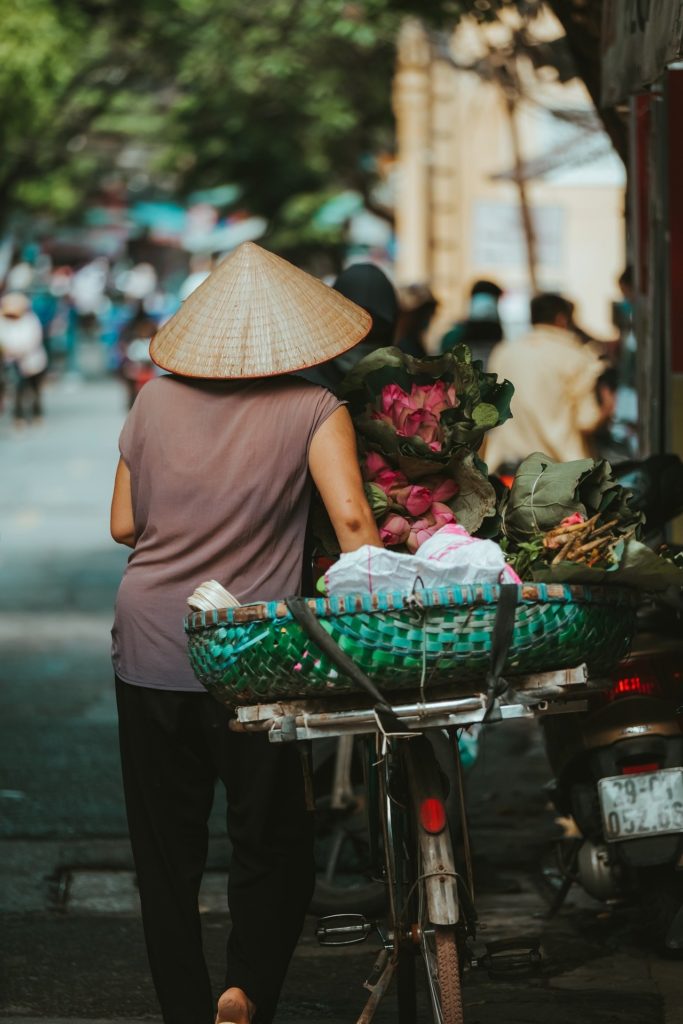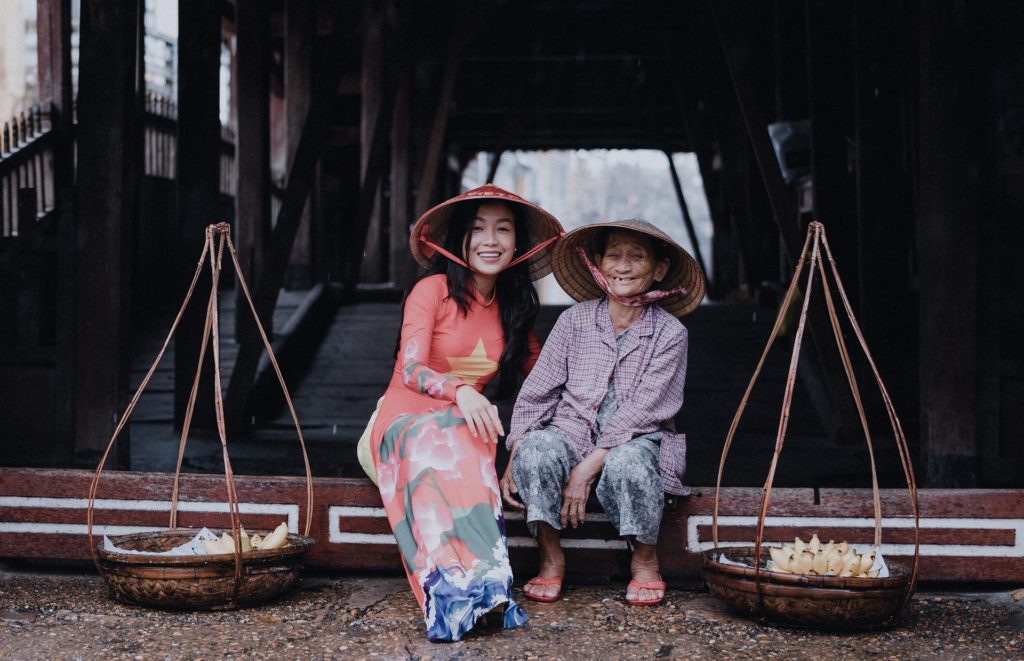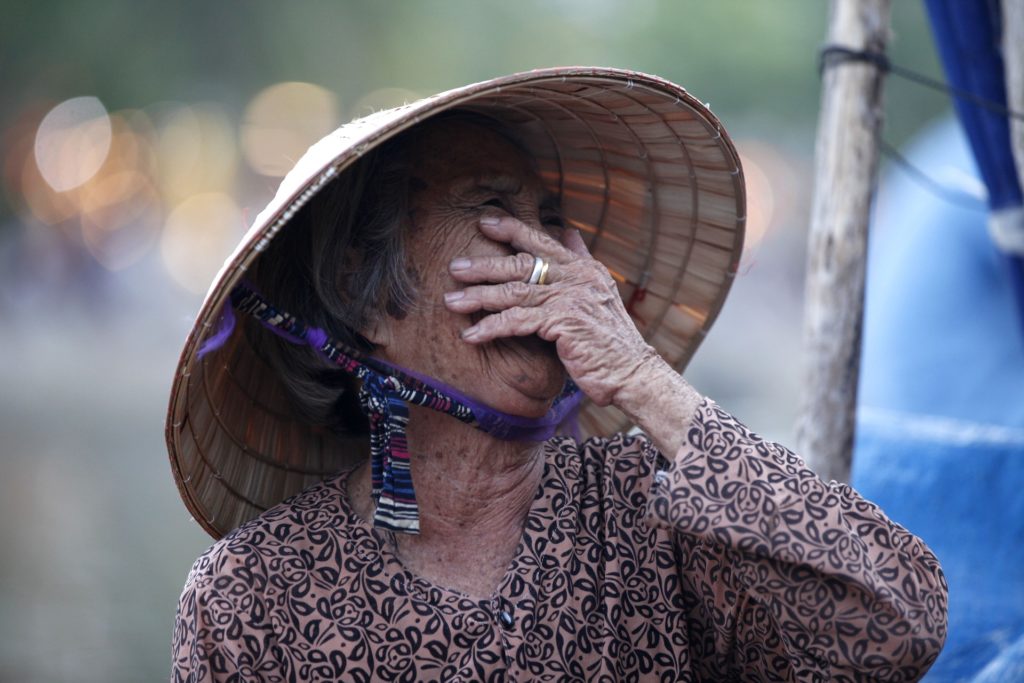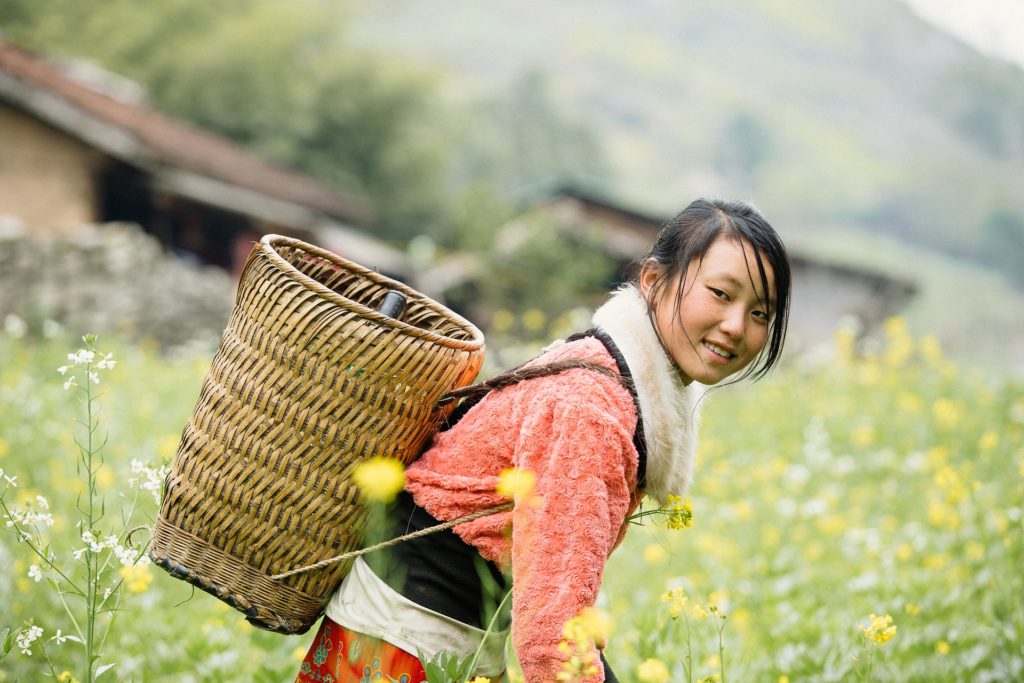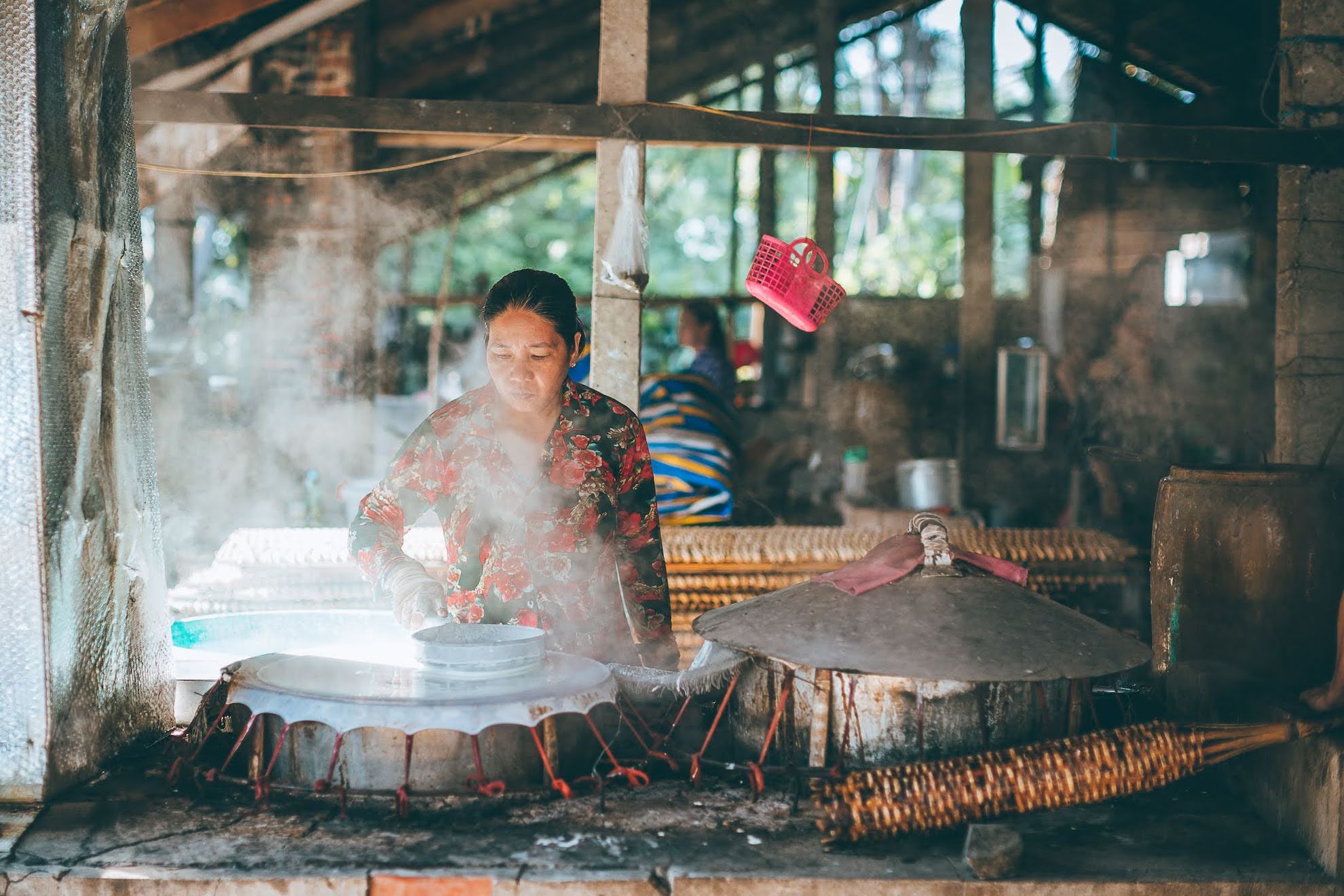
All the Colours of the Rainbow: The People of Vietnam
It is far too easy for a tourist visiting a new country to view its people as a monolith. To see their hosts as a singular group under a shared banner of national identity. But all countries, no matter their place on the globe, are made up of a multitude of ethnicities, cultures and traditions. It is this diversity which fashions and shapes each country that we visit, and it is only through immersing ourselves in this medley of experiences that we truly come to know a place. And nowhere is this more true than in the magnificent land of Vietnam!
From the Mountains to the Shore
Stretching its serpentine form along the eastern edge of Mainland Southeast Asia, Vietnam may not be one of the largest countries in the world but its landscape boasts a dazzling array of biodiversity. From the rugged mountain ranges of the North, through to the vast primal forests of the Central Highlands and the tropical jungles and labyrinthine rivers of the Mekong Delta in the South, Vietnam is a veritable cornucopia of natural beauty.
And it is throughout these diverse shifting landscapes, where the true beauty of the country is to be found, the jewel at the heart of the lotus: the people of Vietnam. The government of Vietnam officially recognises 54 unique ethnic groups. The largest of these is the native Kinh, or Viet, which make up 87% of the population and reside throughout the country. As the predominant ethnic group, their culture and traditions pervade Vietmanese society. But the Kinh are just one piece in the country’s cultural fabric, a fabric of rich and varied colour.
The Red Dao
Resplendent in iconic red headwraps and adorned with spirit-exorcising silver jewellery, the Red Dao of northern Vietnam are perhaps the most visually striking of the diverse groups of people living throughout the Southeast Asian country.
Many of the Dao people can be found in the mountainous region of Sapa, around the old colonial hill station established by the French in 1922. Believed to have migrated to the northern hills of Vietnam from China sometime around the 13th Century, Dao culture has a strong Chinese influence, with its alphabet an adjusted version of the original Chinese, although they do speak their own language known as H’mong. This influence is further seen in their adherence to many Taoist beliefs alongside Bhuddist, Confucian and older folk traditions. The Dao also engage in the unique worship of their oldest descendant, a holy man named Ban Vuong.
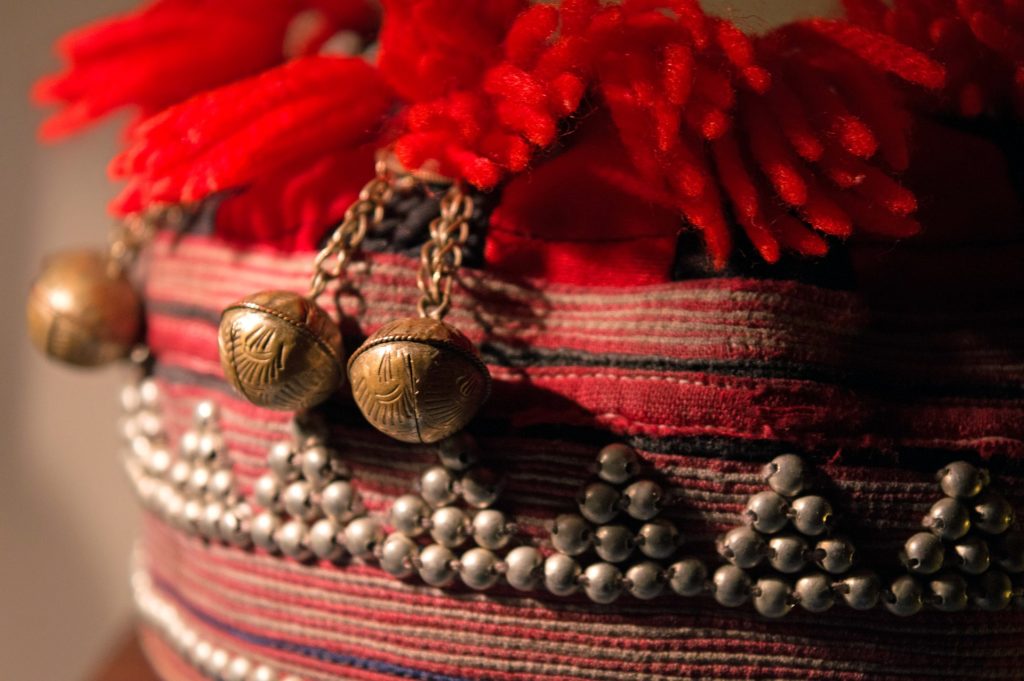
The village of Nam Cang is a great example of a traditional Red Dao community, and its villagers are incredibly welcoming to visitors. Amongst the terraced rice fields where farmers and water bison have worked the land for centuries and in the village proper where the famously intricate Dao embroidery is crafted, the vibrant culture of the Red Dao is everywhere to be seen.
The villagers, many of whom sport shaven eyebrows in a traditional display of beauty, are happy to teach outsiders of their way of life. a highlight of which includes their relaxing and restorative herbal baths. The Red Dao are renowned for their knowledge of natural medicine and use this expertise to treat illnesses and promote general well being. This grounded and earthly wisdom intertwines with their mystical folk beliefs, with many of their treatments involving traditional ceremonies to appease local spirits and gods.
Vietnamese Ebony and Ivory
Another deeply spiritual and distinct ethnic group of Vietnam is the Tai Don, or White Tai people, who can be found along the banks of the Red and Black Rivers which course through northern Vietnam.
Named for the stunning white of the traditional blouses worn by their women, this subset of the larger Tai cultural linguistic group live mainly in small villages like Buoc in the Mai Châu District. There in quaint thatched houses perched on stilts, travellers may sit down and enjoy an authentic Tai meal lovingly prepared by a local family. A whole host of rich aromatic flavours are waiting to be tasted by the intrepid explorer, be it bamboo-tube grilled rice or more adventurous local delicacies like stuffed and fried cicadas.
The talents of the White Tai are not consigned solely to the culinary however, as the women of the villages are also master weavers and their colourful brocaded fabrics are prized throughout the region and beyond. The White Tai are also great patrons of the arts and love nothing more than to sing and dance. Highlights of these performances include the beautiful undulating notes of Khắp Tay singers and the multiform and revered Xoe dance style which is said to have an incredible 36 unique variants.
Living nearby to the White Tai are their close relatives the Black Tai, or Tai Dam, who are also named for the colour of their traditional garb. They share many similarities with their monochrome cousins but they also have many exclusive customs followed only by themselves.
The roofs of their stilt houses for example eschew the rectangular roofs of the White Tai in favour of a more stylised tortoise shell design. Even the language of the Black Tai has many unique aspects, based on a system of writing believed to derive from the old Thai alphabet developed in the medieval kingdom of Sukhothai. Sadly however, the ability to read and write this language is becoming rarer as time progresses, with it now being a talent practised primarily by the elders.
Lessons from the Highlands
At first glance, the rural people of northern Vietnam, arrayed in their colourful traditional dress and practising a way of life relatively unchanged for centuries, may seem at odds with the average western tourist. But such a conclusion could not be further from the truth.
There is much to be learned from the various people of the highlands, from their open-armed welcoming of foreigners to their dedication to maintaining tradition and their deep veneration of their ancestors.
And what better way to learn these lessons than by visiting their villages, walking their rice fields, witnessing their masterful crafting firsthand, relaxing in their renowned herbal baths and by eating and sharing stories in the warmth of their home. All this and more awaits you in your journey throughout Vietnam.
“I had no idea of the breadth and diversity of Vietnam’s people prior to researching this article. I think it's far too easy and commonplace to look at a foreign country’s people and see them as a singular entity. But to do this is to rob yourself of an authentic experience when visiting these countries. I truly believe that the only way to properly understand a country is through understanding its people’s customs and beliefs. So why resign yourself to one aspect of the spectrum when it's there to enjoy in its entirety.”

